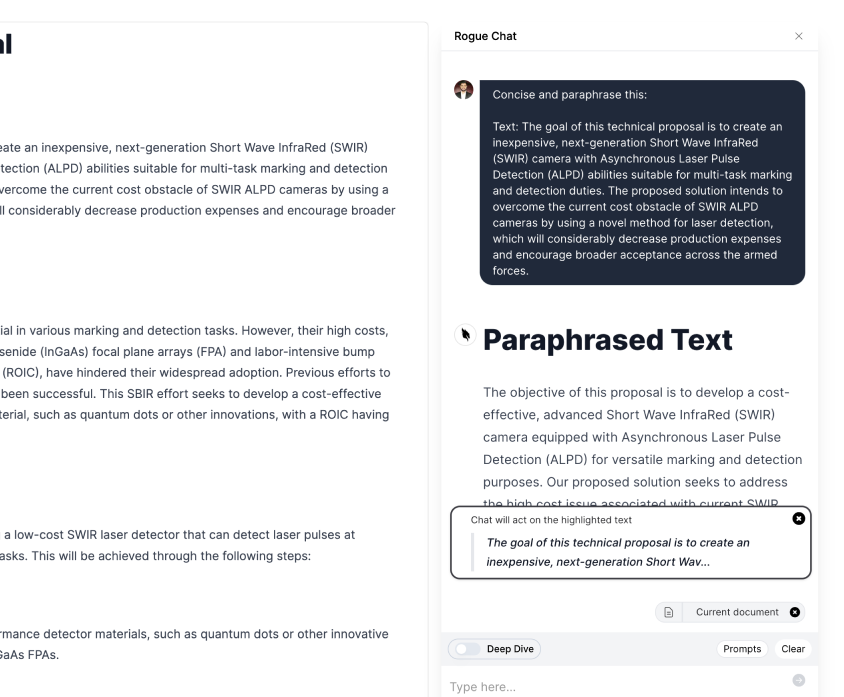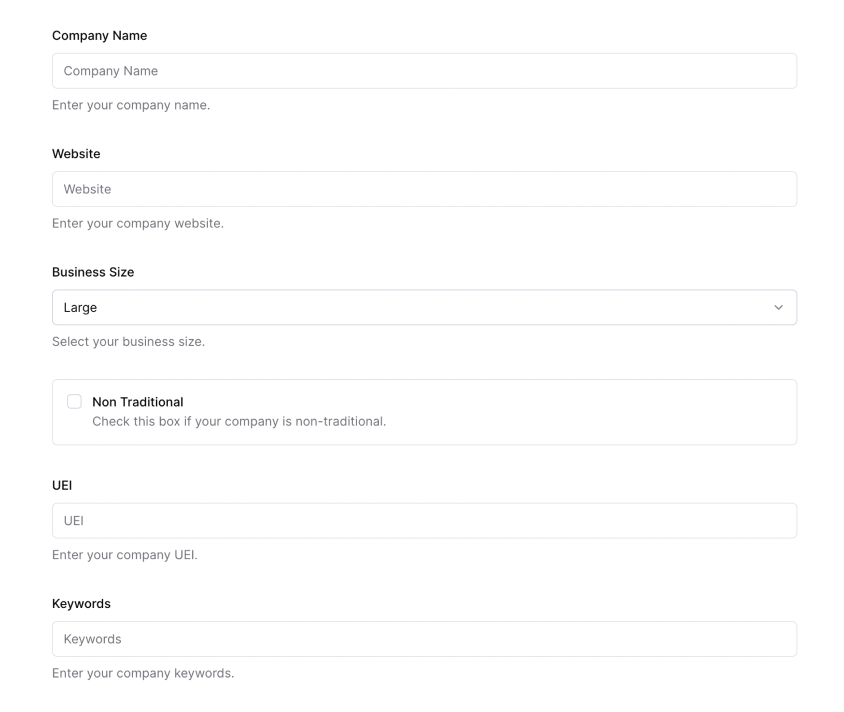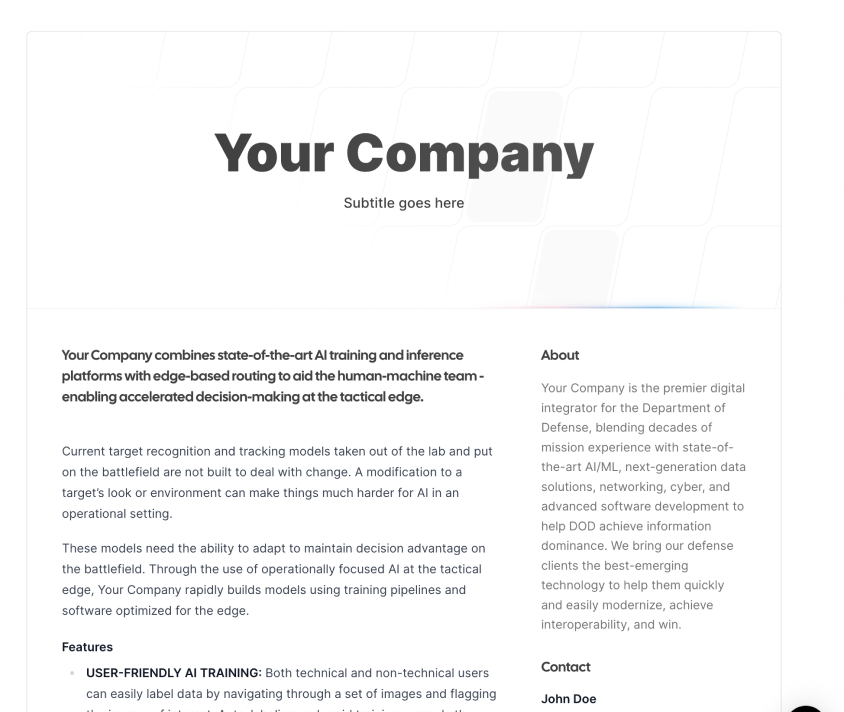
Module 3.b: Read the Manuals, Google Solutions, and Check the Rules
Intro
If you’re familiar with the term RTFM then you know what we’re getting at here, if not it’s pretty basic: read the manual. Most of these generative models, whether they’re image, video, or text, open source or paid, they have users manuals. Sometimes they are plainly listed as a user guide, some didn’t bother and left it to the community to write guides (looking at you OAI), and with open source models on Hugging Face they may be cleverly disguised as “developer notes”. In any case they have a wealth of knowledge on how to use the tools properly. While there is some similarity in how the models work, there can be a fair amount of variation in how best to use prompt them to get what you want.
You will obviously want to keep some notes on what you learn in reading the manuals, if you pick up useful tips on prompt engineering or unique model functions, jot them in your notebook.
Sources
Here are some sources at your fingertips:
Text
Kudos to Anthropic Claude for having a useful how-to guide
OpenAI doesn’t have a concise guide for Chat GPT, only their API, but they have this neat help page with most of the answers to your questions.
Google doesn’t have a guide for Bard, just a brief FAQ and top 10 uses list, so here’s good guide from ZDNET.
On the open source side lets look at LLaMA2, here’s a post on replicate, but to be honest this is pretty advanced stuff that mostly for developers, so stick to the models and guides above unless you’re trying to run your own custom LLM model.
Images
DALLE is not our favorite image model, other models passed it up in capability in our opinion, but it does have some useful features like out-paining and super resolution that we like and for which the canvas-like interface is pretty ideal. There’s also an actually useful guide on how to use the features on OAI.
Midjourney has a nice neat prompting guide, which is good because the model has some unique interaction features since it uses Discord as the user interface.
StableDiffusion goes a step further than most, not only do they have a general FAQ, they also have this nifty prompt generator that helps you craft ideal prompts for your desired output as well as a prompt search that include the output images, so you can quickly learn from other’s examples.
Let Me Google That For You
If you get stuck at any point in your AI journey, google a solution, there are a ton of help articles out there. This may sound like obvious advice, but with all the noise in the AI space these days the sheer volume of advice and self-help articles can be overwhelming. This is where you notebook comes in handy, take a little bit of time to find authors or sources that post good advice that is not clogged with ads and email signups and bookmark those sources. Those are the places you should go to first when you have questions. In particular a paid membership to Medium, it’s only $5/month and there’s a lot of good articles on there.

📣Wonk Note: if you put a colon after a website URL in good and then put in a search term then Google just indexes that site for the search term, like I did with Medium and the terms “ai” and “how to” above. This is a great way to narrow your results quickly if you know where you want to search.
Check the Rules
Does your company have a policy prohibiting the use of AI? probably not yet, but the government (for whom we all work indirectly) does or will soon, particularly if you deal with Controlled but Unclassified Information (CUI). So bottom line, before you start loading all of your company’s or customer’s protected or proprietary data into a Huggingface model produced by the United Arab Emirates.
GovCon GPT Masterclass
31 lessons
Sign up for Rogue today!
Get started with Rogue and experience the best proposal writing tool in the industry.



